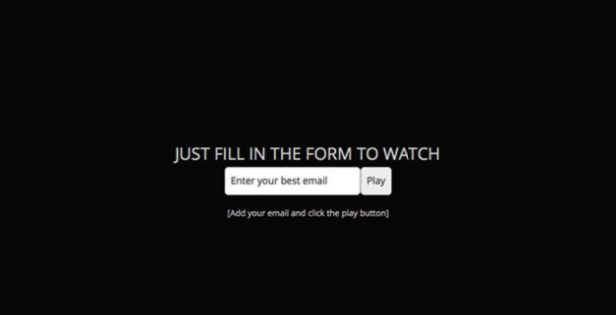12 Lead Generation Ideas to Attract Qualified Prospects

What is Lead Generation?
Lead generation is the process of attracting prospects into your sales funnel with the intention of converting them into customers. And if you want to demonstrate the ROI on your content-based initiatives and ensure funding for future projects, you’ll need to set your sights on some critical lead generation efforts.
The following list showcases a variety of tactics that B2B marketers can implement in exchange for valuable prospect information such as name, email, company, industry and more.
1. Use social proof to inspire newsletter subscriptions
The constant overload of content and the bevy of newsletters to choose from makes it hard for audiences to offer up an email address in hopes of receiving value in return.
Marketers need to be smarter about attracting new subscribers to their email lists—and social proof is just the ticket.
For example, wouldn’t you join a newsletter that boasts these other subscribers?
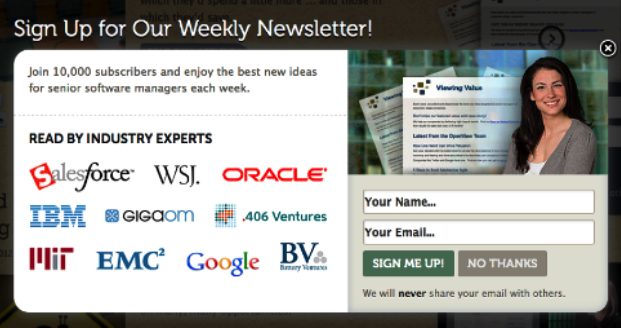
2. Include a referral bonus in your email
There’s nothing like free swag and potential prizes to motivate users to share your content with their friends, family, colleagues or peers.
But even if you aren’t in the position to start sending out mugs or t-shirts to every subscriber willing to rep your brand, including a simple link for new subscribers will still motivate them to forward your content—provided it is well done and offers them value.
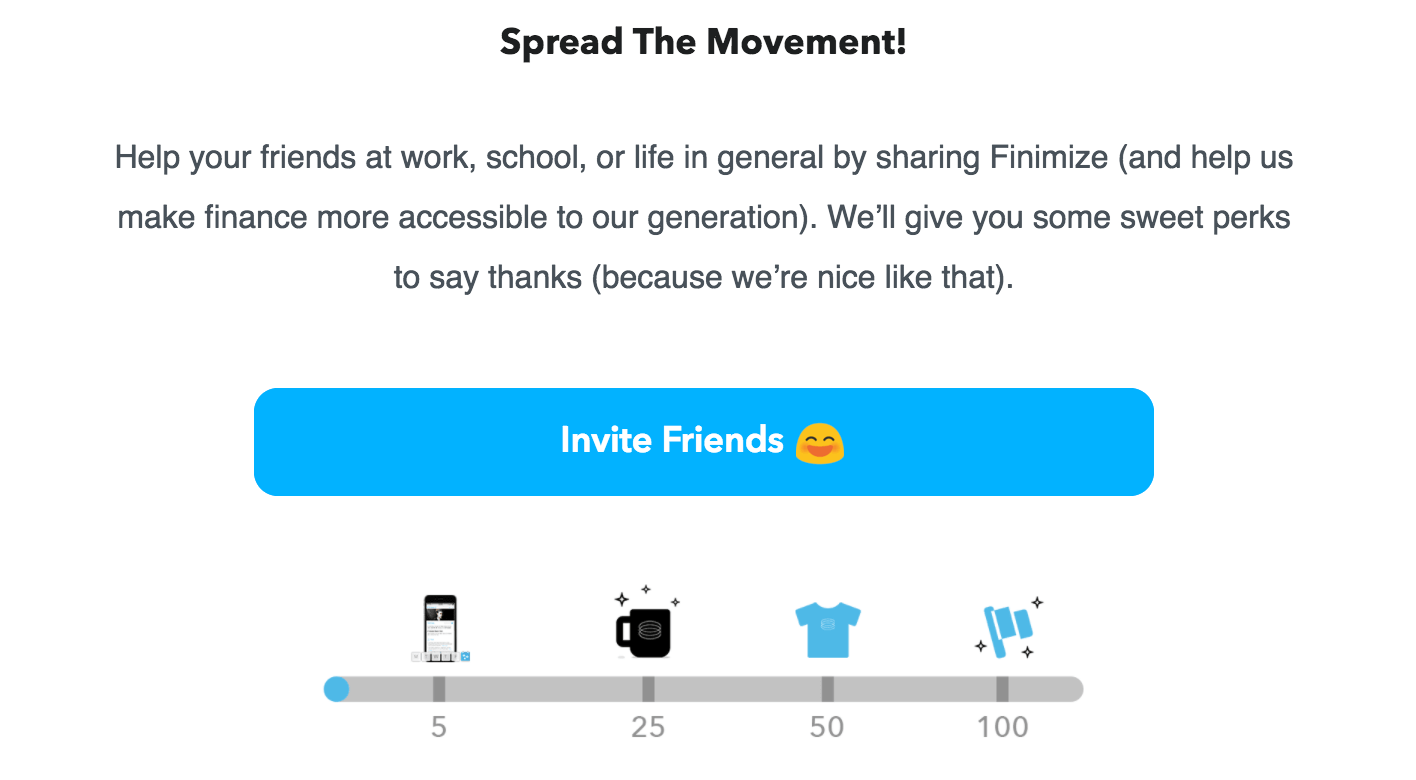
3. Use chatbots and chat messaging for inquisitive visitors
You don’t need to strap your customer service reps to a messaging system when companies like Drift allow you to solicit feedback directly from the user when they land on your website, and follow up accordingly.
This simple enhancement to the user experience goes a long way. Even if you are using an automated chatbot service, make sure to follow up with a human rep in a timely way, and especially within the promised time frame.

4. Partner with other companies to offer discounts outside of your domain
Imagine visiting a site and clicking on a Q&A with a brand. You’re reading along, absorbing every last bit of insight and advice, when suddenly a message appears.
It’s a special discount code – not something within the hosting site’s current services but nonetheless appealing to your needs and pain points.
The possibilities of partnerships are endless. And don’t forget about the value of shared leads.

5. Create different levels of content for consumption
There’s been much debate around the pitfalls and promises of gated content, but the truth is that B2B marketers still heavily rely on it as a lead generation source.
And with a little bit of transparency, creativity, and some basic repurposing, content can be enjoyed by less committed audiences as well as those warmer leads who may already be further down your marketing funnel. Say you’ve recently conducted a research study and want to share your findings. Here are three approaches.
- Small: Create a deck or SlideShare of the main takeaways to pitch to media outlets.
- Medium: Highlight some of the main findings and backstory in a blog post.
- Large: Include the complete findings in a gated PDF.
Each piece of content serves its own purpose, with the ultimate goal of engaging readers interested in downloading the complete story behind your research.
6. Recruit early users to reveal barriers to success
To deliver the best possible user experience, brands should learn how visitors are engaging with their content.
To accomplish this, try setting up a recruitment form on your high-traffic landing pages and offering visitors free content, a gift card or early access to a feature in exchange for their feedback. Many businesses are surprised how quickly people will offer their feedback about virtually anything.
The user experience can include a number of possible scenarios, such as basic usability testing around your content. It can also aim to answer some simple questions such as:
- Did you find the content useful?
- Did you find what you were looking for?

7. Use interactive pop-ups to engage users
Interactive content is an effective way to engage users because it is fun, exciting and it gets them actively involved. There is no end to the type of interactive content you can use; it’s really a matter of figuring out what kind of content will interest your audience and getting the right tools and software to help you create it.
Check out this cool pop-up on Neil Patel’s website for a great example of interactive content used to gather audience information that may well lead to more leads.
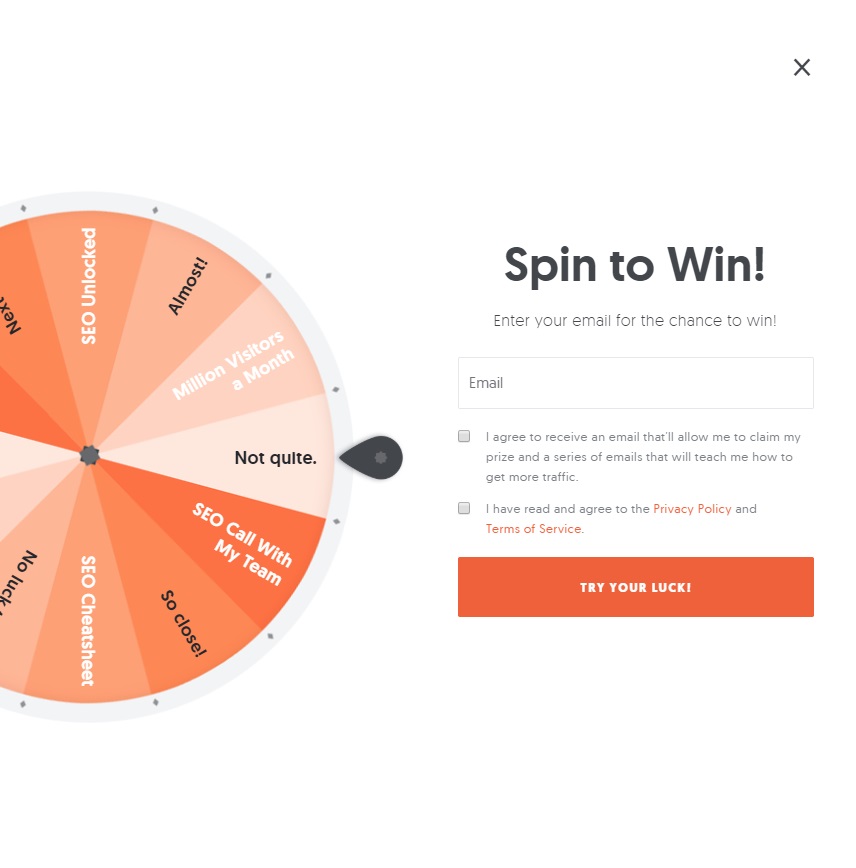
8. Offer a behind-the-scenes glimpse to qualified users
Not every B2B company has the capacity, bandwidth or resources to offer demo requests or free trials to their users. And for those that have built this into their lead generation models, these do serve as great prospecting tools.
But for the outliers looking to surface quick and informational materials to qualified users willing to share their company details, gated tutorials and behind-the-scenes footage could strike the perfect balance.
9. Host an educational webinar
Due to their across-the-board utility, webinars are still the bees knees – from being an effective tool for onboarding and retention to positioning a brand as a thought leader in its respective space.
Because most webinars cover very specific topics and generally include high-quality insights from subject matter experts, scoring crucial prospect information is the most prized advantage of webinars.
Full name, work email, company, role, and maybe even phone number equals easier lead qualification and, of course, revenue for your company.

10. Turn your CRM and email lists into lookalike audiences
Where better to turn than your own data when looking to drum up ideas for potentially high-value user segments?
As simple as downloading a CSV file or list of LinkedIn contacts, you can upload and create lookalike audiences that most closely reflect your target audiences—and watch the CPMs, CTRs and conversion rates of your paid media campaigns experience dramatic uplifts.
11. Personalize the experience with available data
Personalization is the name of the game these days—and if you can’t customize the experience for your visitors based on the clues they leave for you as they travel across the web, they’ll more than likely take their business elsewhere.
Using contextual first- and third-party data such as traffic source, device, location, weather and browsing history (if they are a returning visitor), flex your muscles and make a prospect feel special based on whatever information you have on them.
Here’s a great example of how Demandbase personalizes the experience for users.

12. Retarget website visitors with content recommendations
So they didn’t commit the first time around, no big deal. Most users who visit a website typically leave without converting—especially in the B2B space, where nurturing takes a bit longer as there is more at stake.
Why not retarget users who have visited high-intent pages on your site with native ads that will bring them back into the content funnel?
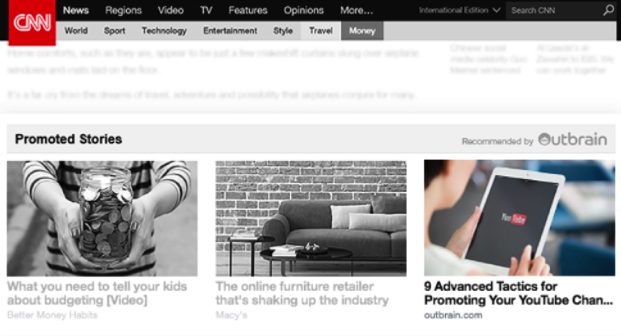
Conclusion
Every piece of content can be used as a potential lead generation tool. Some initiatives are more successful at driving immediate conversions than others, and therefore should be measured accordingly in relation to the sales funnel.
Customers will come either now or later. But hopefully, using a combination of these tools, you can help fill your current funnel with lots of new prospects.


